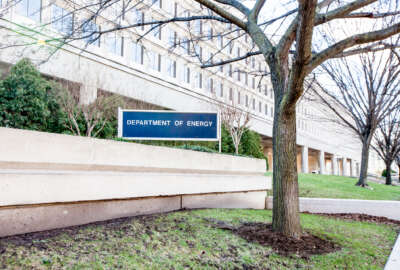Scientists use quantum cryptography to create ‘un-crackable’ phone security
Los Alamos National Lab researchers say they\'ve found a way to put u-crackable security on smart phones. The technique is called quantum cryptography.
Los Alamos National Lab researchers say they’ve found a way to put un-crackable security on smart phones. The technique is called quantum cryptography.
Los Alamos scientists developed the technology after 18 years of research. It uses quantum physics to develop algorithms that no computer can figure out. Until now, quantum cryptography required bulky, rack-mounted computers, plus two data connections to make it all work. But now, Los Alamos engineers have figured out how to fit quantum cryptography onto a device small enough to fit into a cell phone.
During a typical secure phone call, a caller using a smartphone would first be authenticated with a password or other security measures, such as biometrics readings. The caller would then dial the number of a person with a QKarD. If that person is on the caller’s nonsecret lookup table, the QKardD utilizes secret keys to establish a secure call. If this is not the case, then the QKarD places a call to a trusted authority using a regular cell call. The QkarD will then use a key to encrypt the key that the authority applies to the phone call.
The new impenetrable line of defense is called QKarD, which stands for Quantum Smart Card. QKarD was designed by Jane Nordholt, Richard Hughes, Raymond Newell and Charles Peterson of LANL’s Applied Modern Physics group and Kevin McCabe, Nicholas Dallman, and Kush Tyagi of LANL’s Space Instrumentation System group.
QKarD could be used to provide security systems for online transactions, banking, secure facility access, border crossings, electronic voting and digital rights management controls.
This story is part of Federal News Radio’s daily Cybersecurity Update. For more cybersecurity news, click here.
Copyright © 2025 Federal News Network. All rights reserved. This website is not intended for users located within the European Economic Area.
Michael O’Connell is senior digital editor of Federal News Network optimizing content for the best user experience. Follow @moconnellWFED
Follow @moconnellWFED






